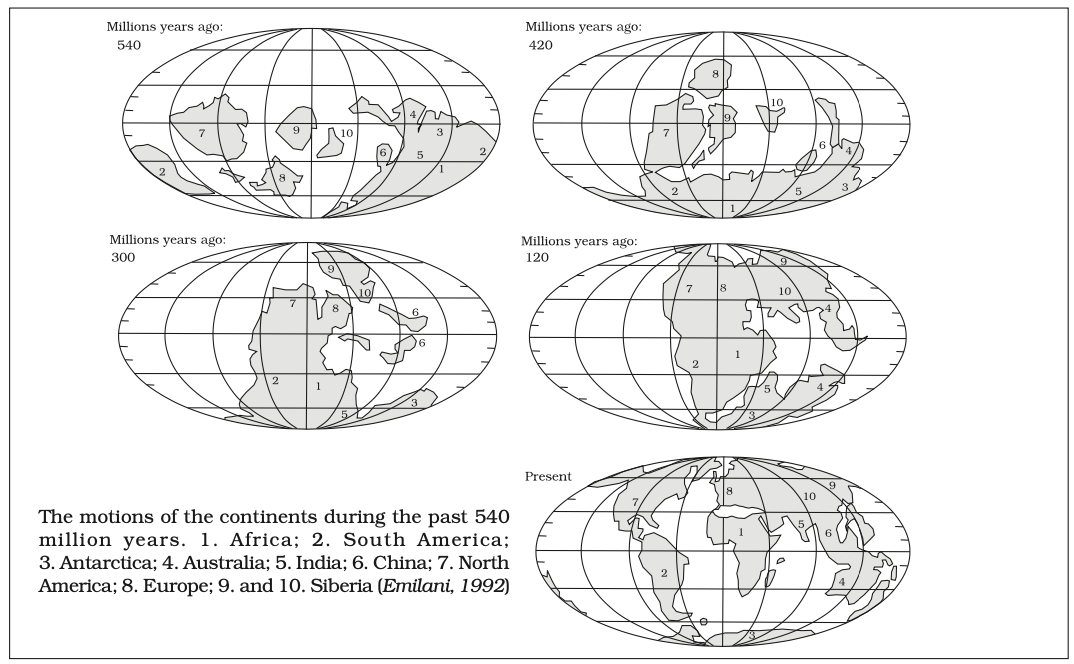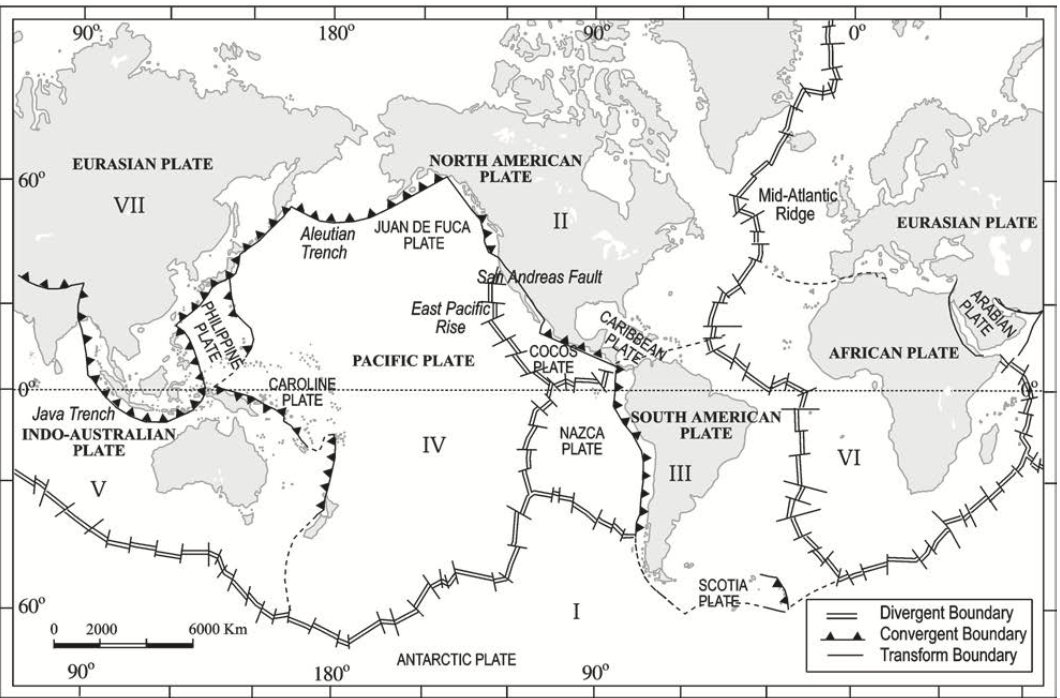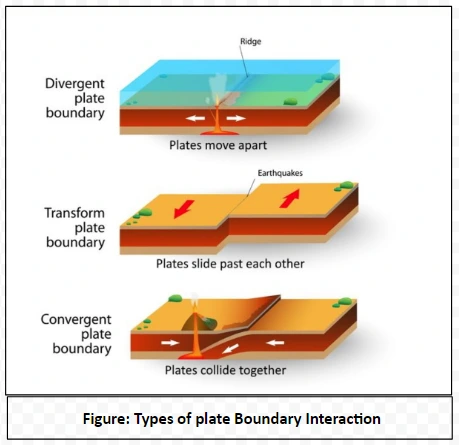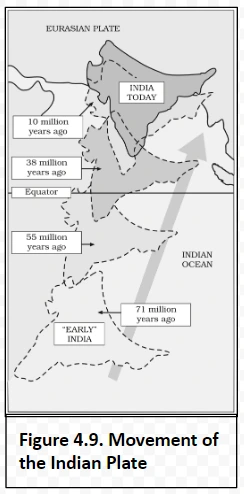![]() 13 Dec 2023
13 Dec 2023
Plate tectonics, an innovative concept, emerged after the introduction of seafloor spreading, rekindling interest in the arrangement of continents and oceans. Proposed independently by McKenzie, Parker, and Morgan in 1967, this theory fundamentally changed our understanding of Earth’s surface.

Position of continents through geological past

Major and Minor Plates of the World


The Earth’s crust has always been in motion, ever-shifting and reshaping our world. Our understanding of the planet’s layout has evolved significantly, progressing from the early musings about drifting continents to the intricate dance of tectonic plates. These theories, underpinned by geological, paleomagnetic, and oceanographic evidence, illuminate the past, inform the present, and provide a glimpse into the future.
<div class="new-fform">
</div>